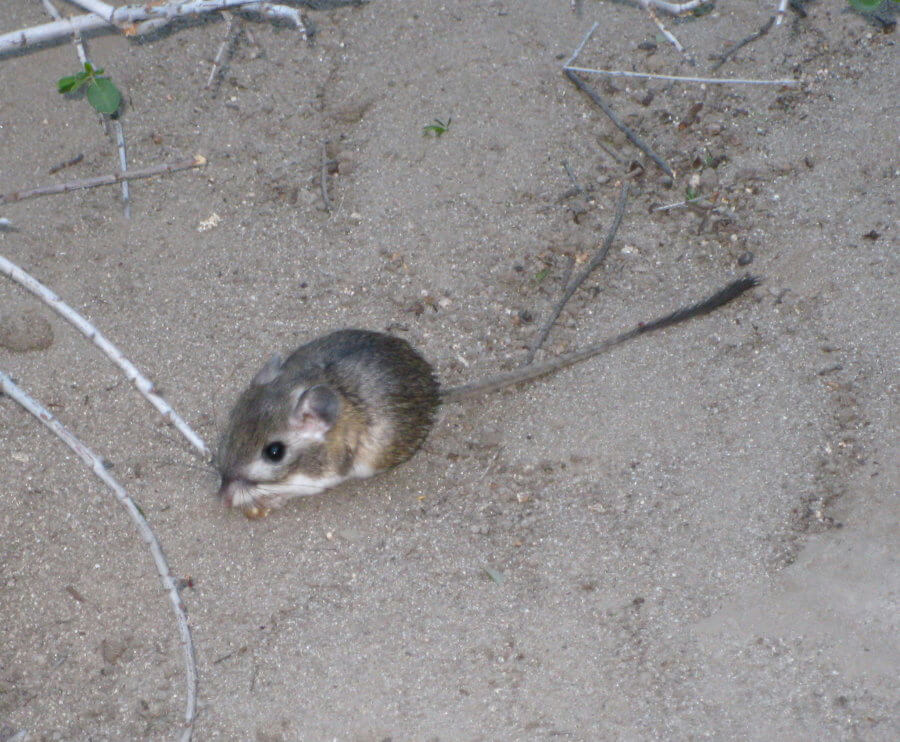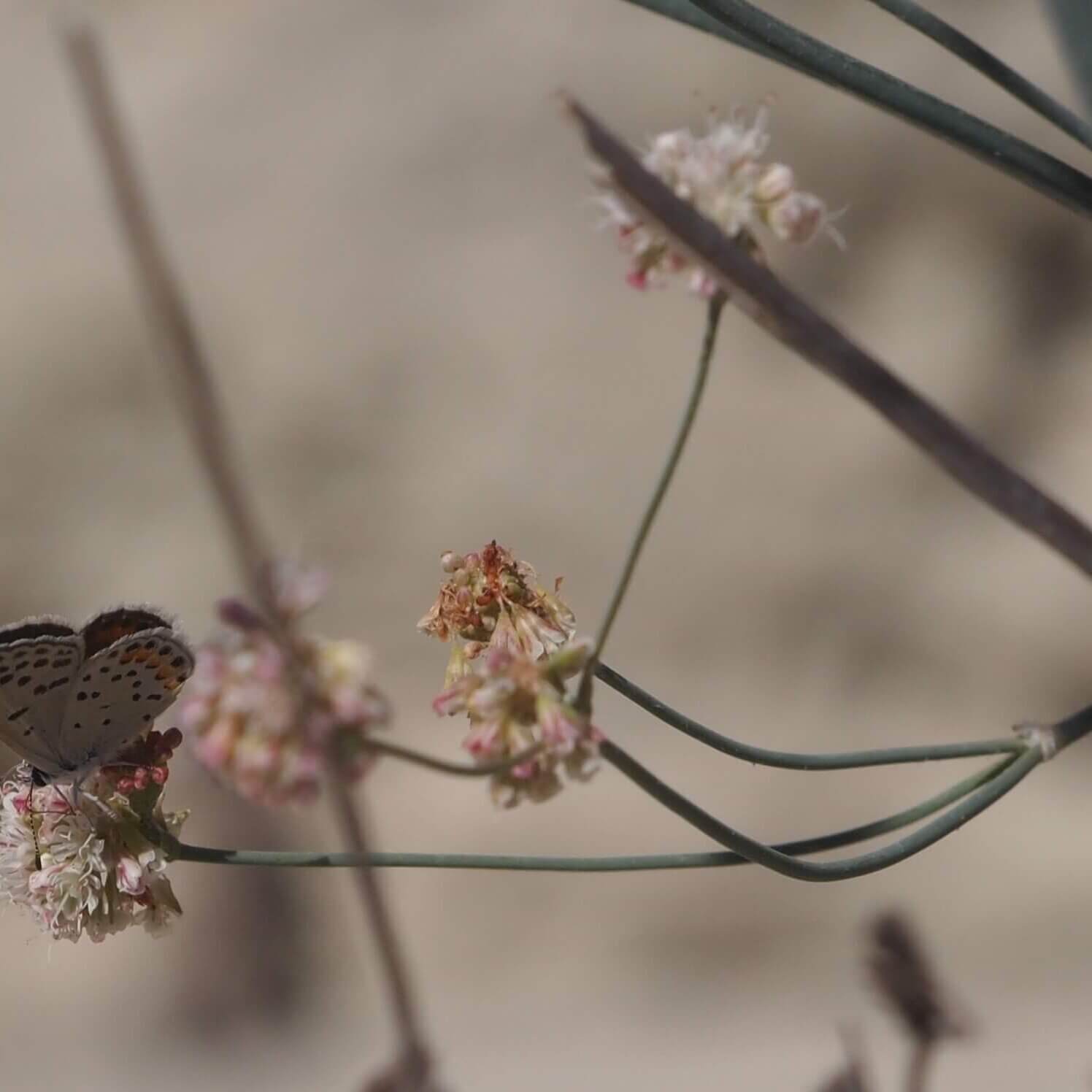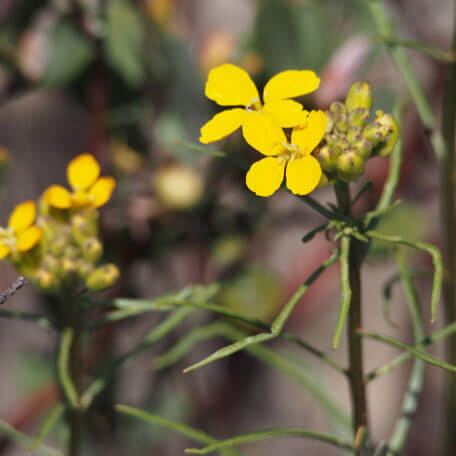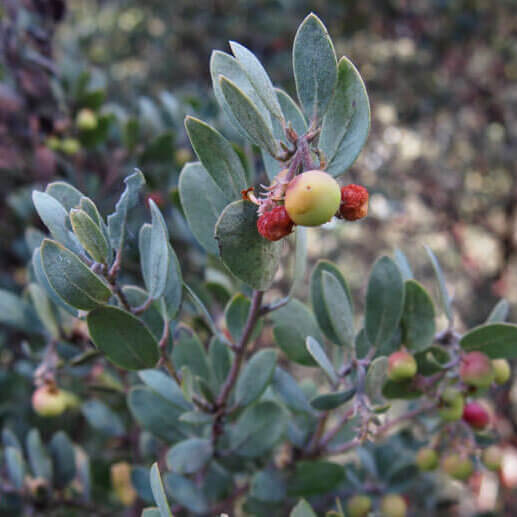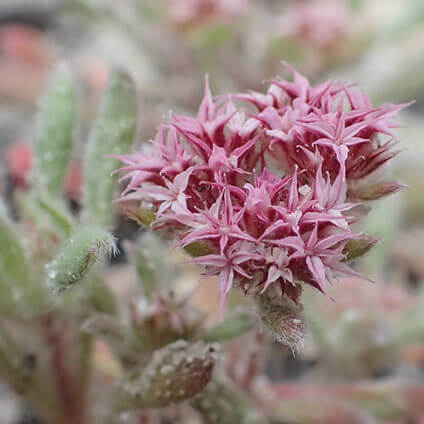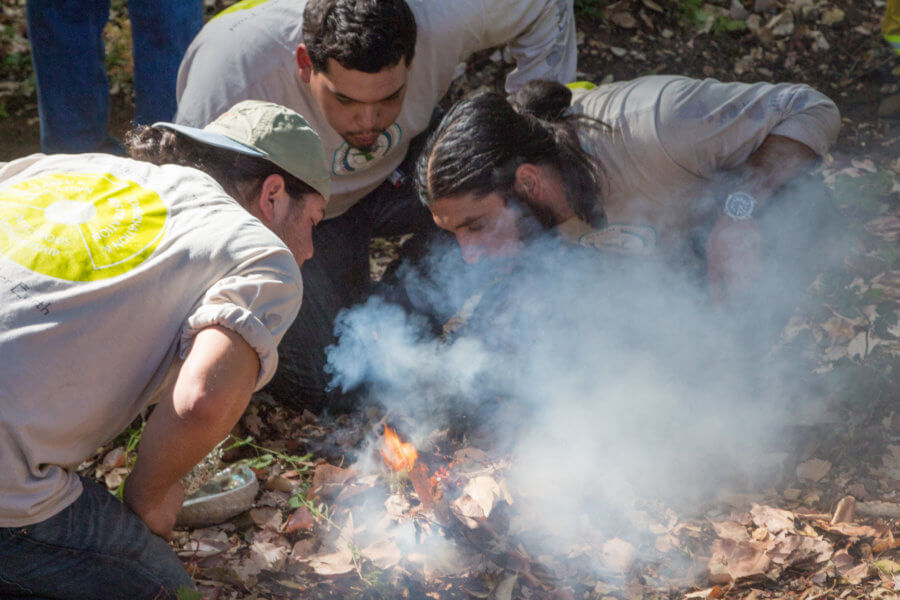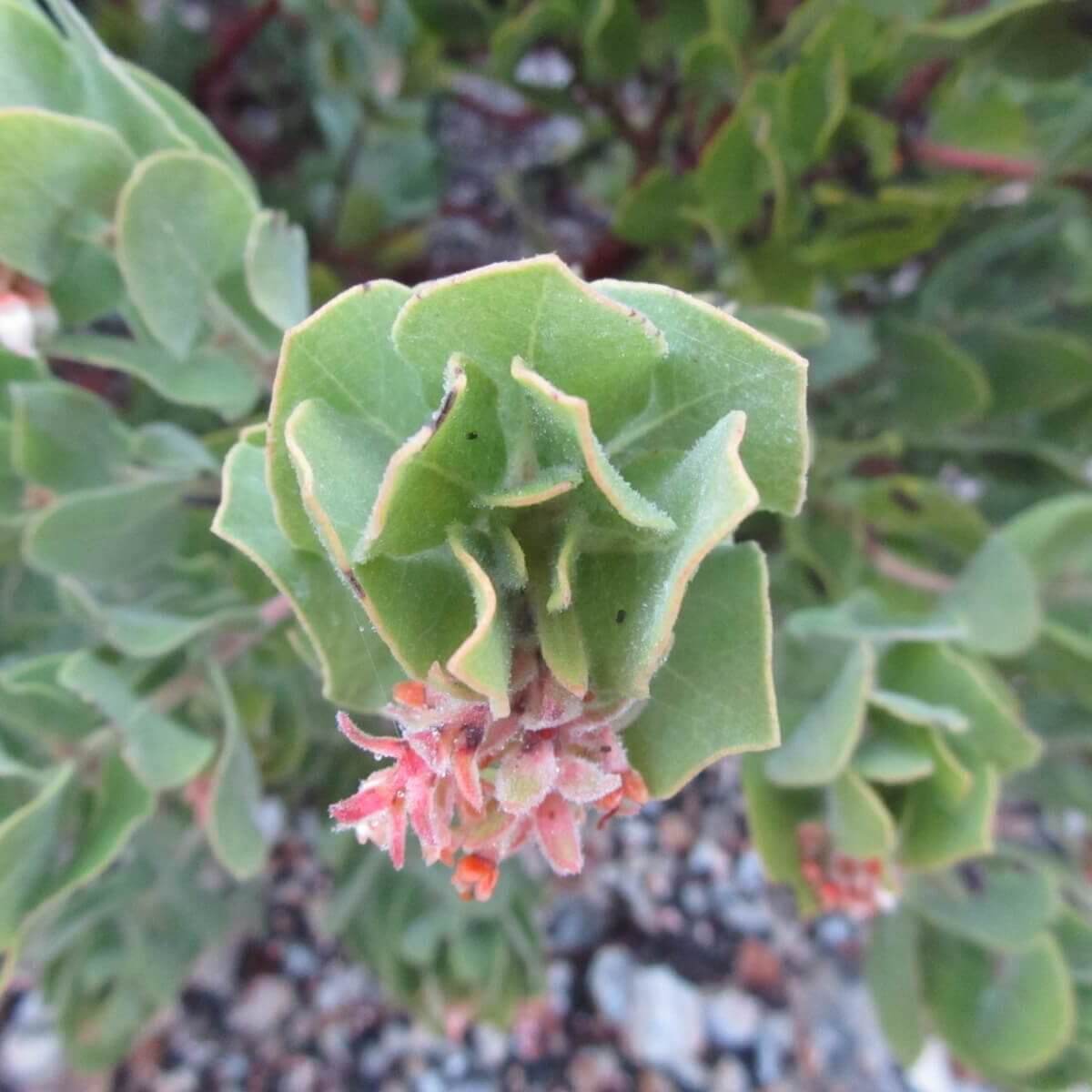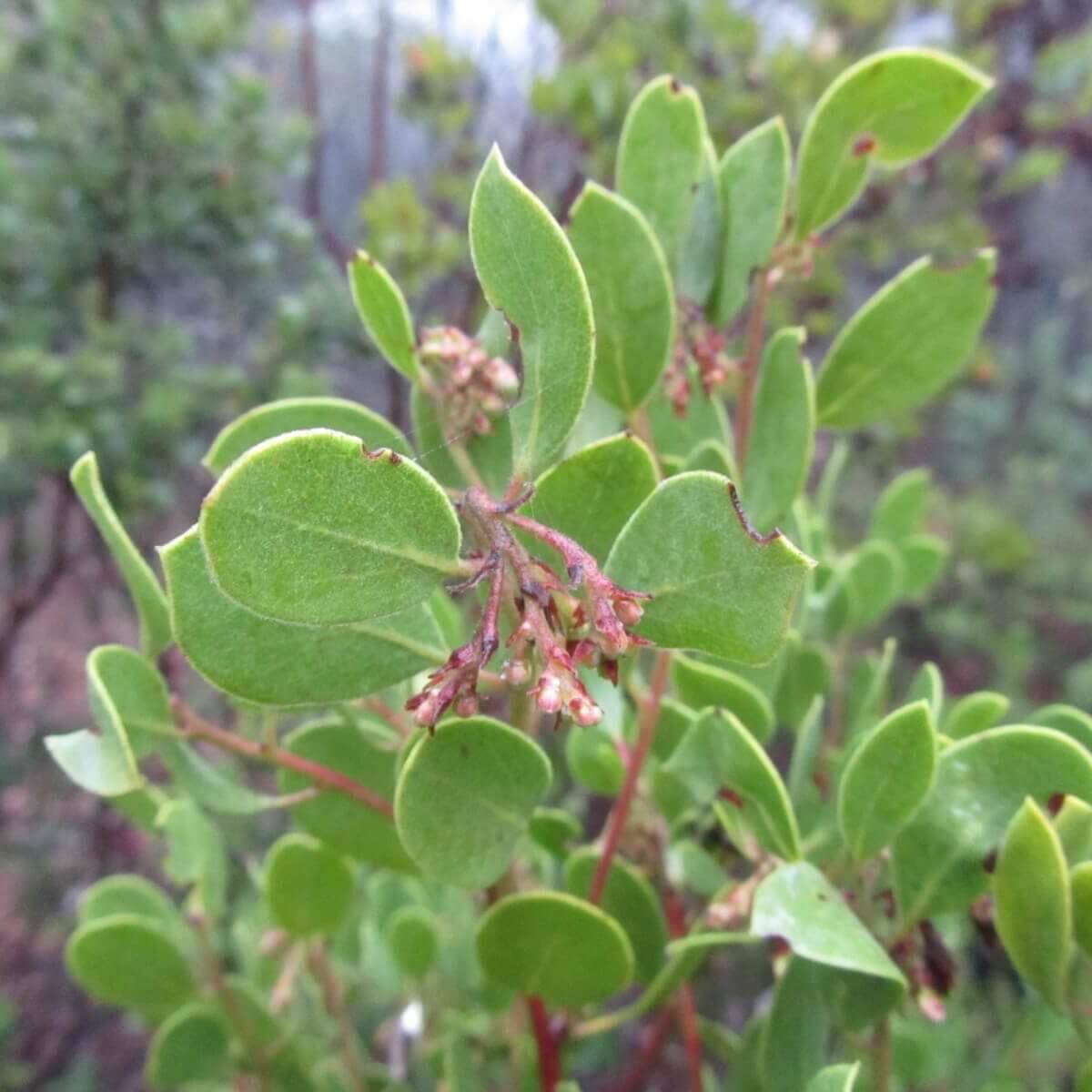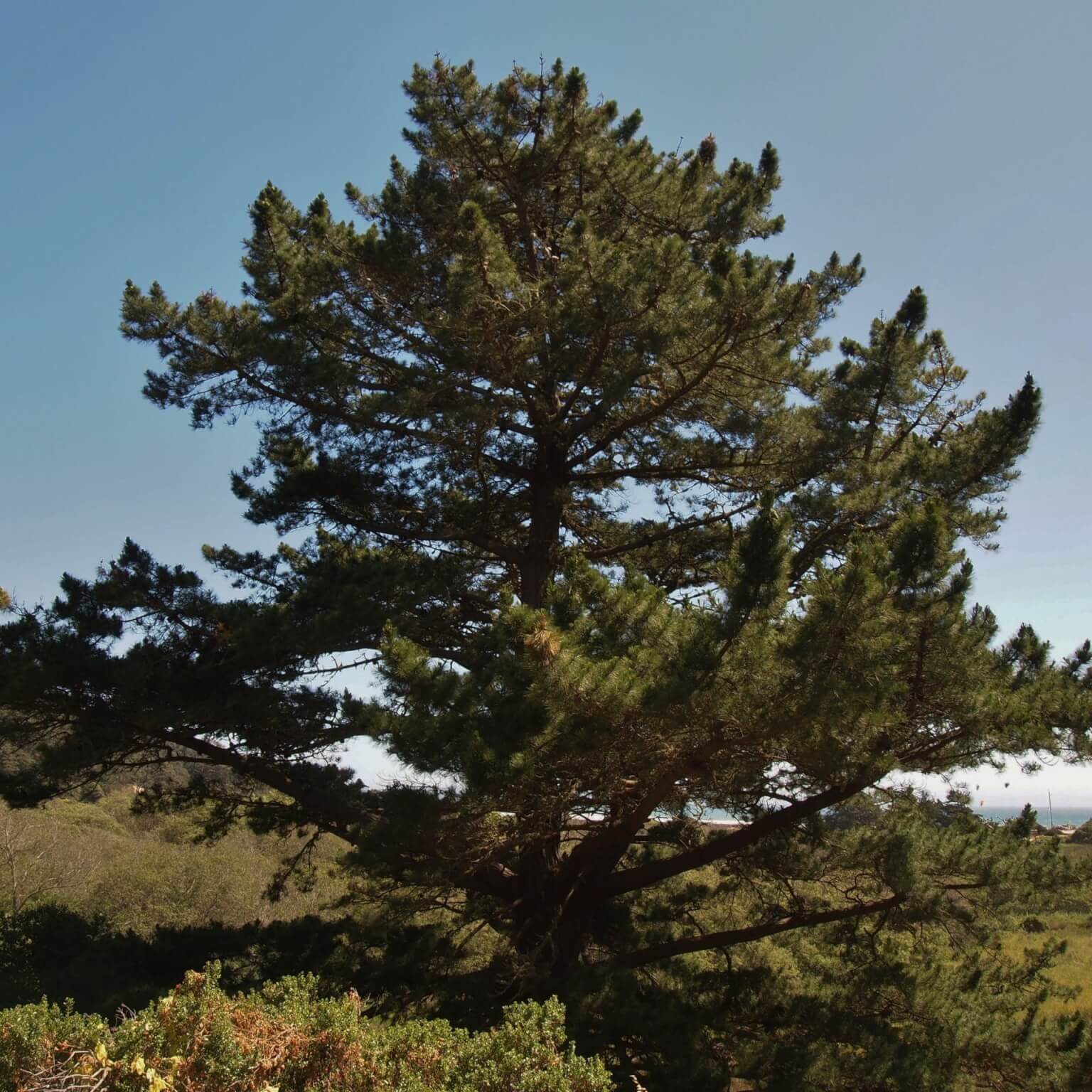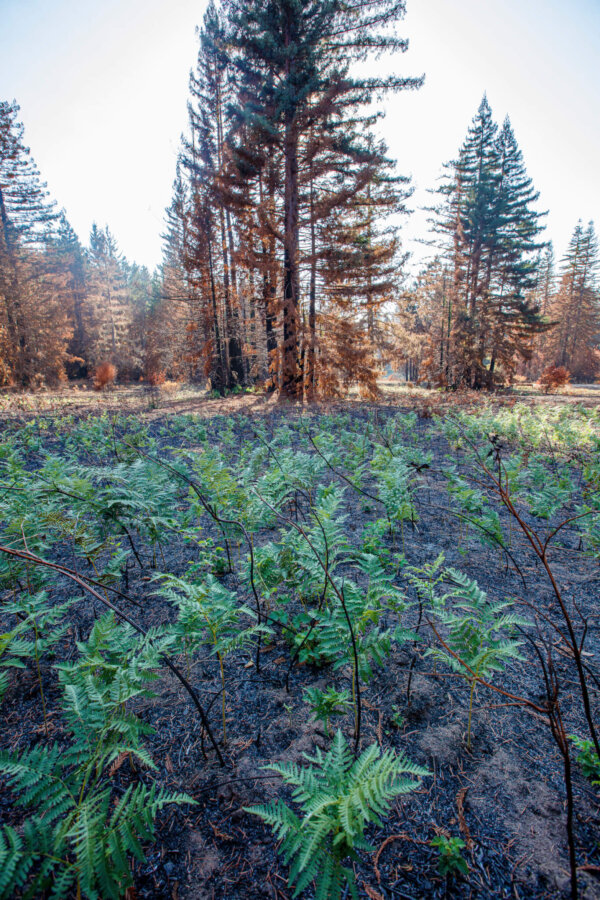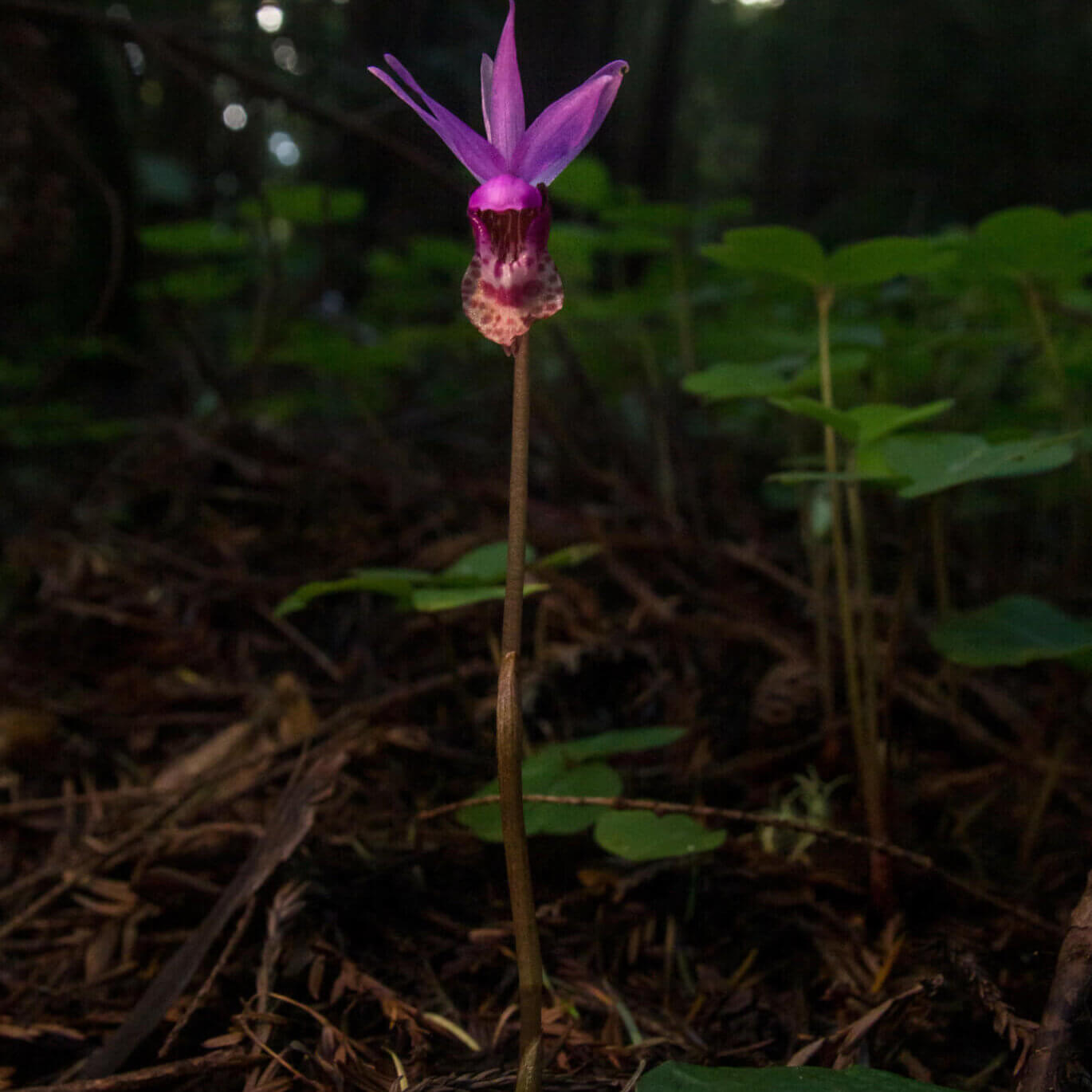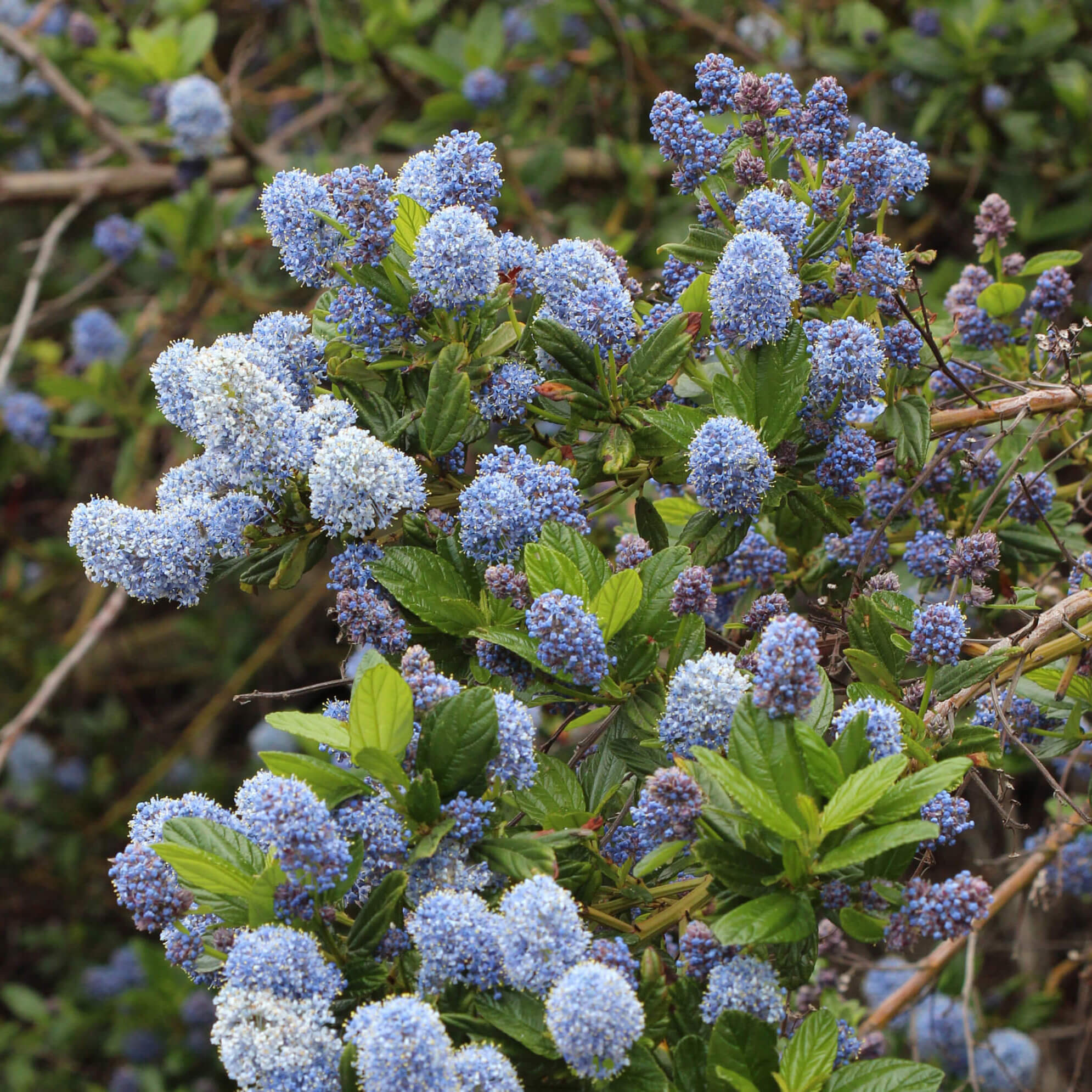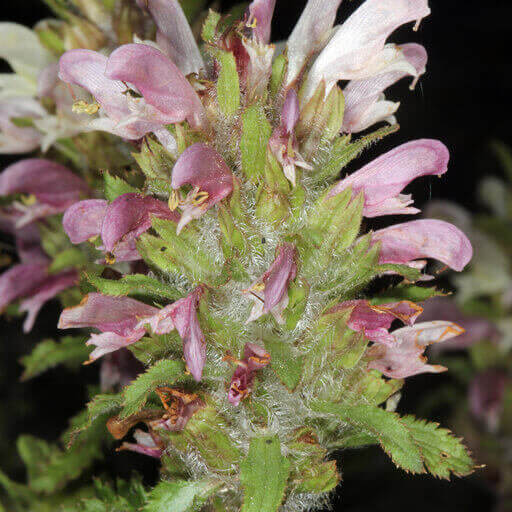Wildflowers After Wildfire
photo by James Maughn.
A Guide for Wildflowers After Wildfire
Produced with the California Native Plant Society
The Santa Cruz mountains are a rich and dynamic place with diverse habitats and landscapes rising from the shores to the ridges. We will explore three key plant communities - Santa Cruz Sandhills, Chaparral, and Redwood Forest - and the special flowers, plants, and trees to look for as fire-scarred landscapes reset and rebound.
What to Know Before You Go
Ready to carefully explore nature? Although areas that burned in the CZU Lightning Complex fire like Big Basin Redwoods and Butano State Parks are closed for safety reasons, many fire follower species can be seen for a few years after a fire when burn areas are safe and open. Here are three unique habitats in the Santa Cruz mountains - Santa Cruz Sandhills, Chaparral, and Redwood Forest - and some of the rare fire following plants we might find in each one.
photo by James Maughn.
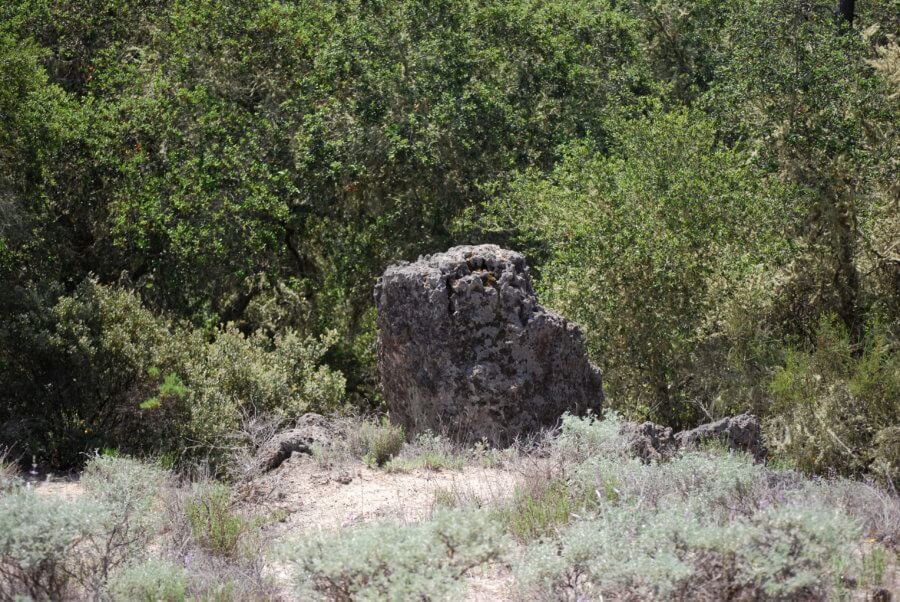
A rock filled with sea fossils in the Santa Cruz Sandhills. by kattrap
Considered endangered since 1973, the Santa Cruz cypress can only be found on 350 acres half of which is in the Santa Cruz sandhills habitat. According to California Native Plant Society’s Vegetation Science Team, Santa Cruz cypress are serotinous, which means their cones stay mostly closed until they are opened by the heat of a fire. In addition to triggering cones to open, fire also clears out competitive plants, providing more sunlight and bare mineral soil for the new trees. Look for open cones and sprouts.
photo by James Maughn.
More to Look For in the Santa Cruz Sandhills
Santa Cruz sandhill habitat flourishes with wildflowers in the spring that die away before the heat and drought of the summer months. These four plants are endemic and specially adapted to the rare Santa Cruz sandhills habitat, some with silver hairs or coloring on their leaves to reflect sunlight and limit water loss in the hot, sandy area. Without natural wildfire to reset their habitat, their already limited protected habitat degrades and further threatens these rare, fleeting beauties. Recent fires should help to create the ideal conditions for them this spring.
Explore Santa Cruz Sandhills
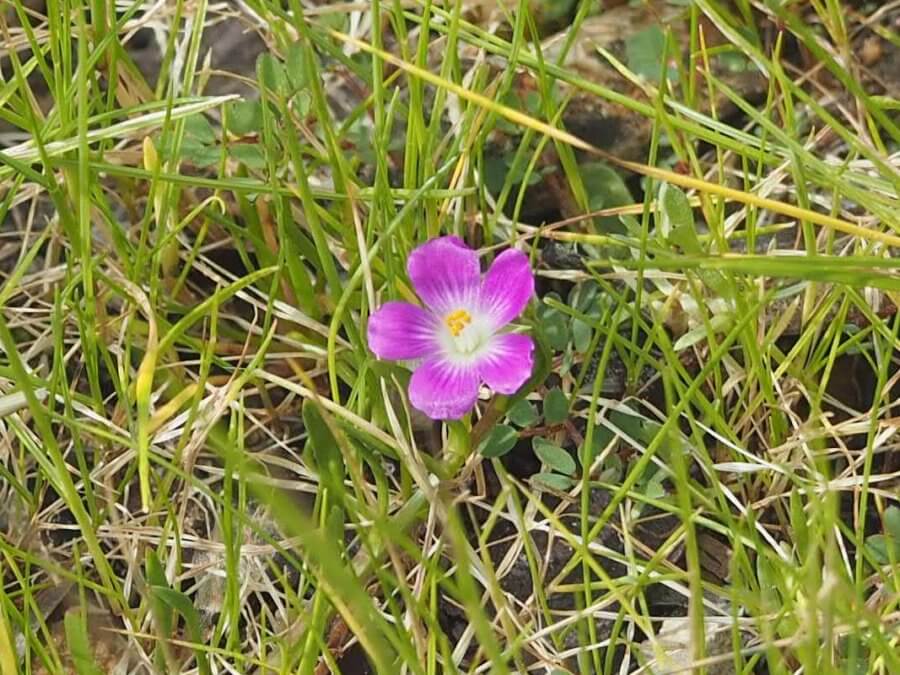
Brewer's calandrinia, also known as Brewer's redmaids, rising above grasses. by J. Maughn
Chaparral is a broad plant community of woody, evergreen shrubs like chamise, interior live and scrub oaks, manzanita, toyon, monkeyflower, ceanothus and sage that are well suited to life in California. In the Santa Cruz mountains, chaparral can be found on the lower parts of the driest, hottest slopes and along the coast in the rare “maritime chaparral”.
Plants in chaparral communities are adapted to low nutrient soil, drought, and of course fire. According to the California Native Plant Society, chaparral is one of the most fire-adapted plant communities in North America. Although chaparral is flammable and burns at high-intensities, fires every few decades are exactly what some of the native plants need to survive and thrive over invasive plant competition. After the canopy is burned away, some chaparral plants will resprout and others, like the rare Brewer’s calandrinia, will emerge from seeds that have waited decades for their chance to shine in the sun. Look for rare, fire following plants that had been sleeping beneath the cover of dense chaparral to awaken for the next few years after a fire.
Featured Plant: Bush Poppy
Bush poppy is a hardy plant that can grow several feet tall in the right conditions like well-draining soil of a chaparral slope. Its long lasting, bright yellow flowers often bloom in late winter and can linger into June. Like the plant they come from, the seeds are hardy as well, often requiring the heat of fire to crack the seed for germination to begin. They can also resprout from their stumps after a fire if they aren’t too badly damaged underground. Bush poppies are among the first plants to pop up after a fire and we can expect to see more of this cool fire follower in areas burned by the CZU Lightning Complex Fire. Bush poppies can often be found growing near manzanita.
photo by James Maughn.
More to Look For in Chaparral
Many types of manzanitas grow in chaparral habitats and have interesting responses to fire. Although some manzanitas have a large, aboveground storage system called a burl that they can quickly regrow from, many of the rarest types of manzanitas must be much more patient. These two rare, endemic manzanitas cannot stump sprout and must wait for their seed bank in the soils to be passed over by fire to germinate making this a hopeful time to look for these two threatened species.
Schreiber’s Manzanita
This manzanita has only been found in a few locations on the western slopes of the Santa Cruz mountains including seedlings that grew after a fire in 2009. Its blooms can help you spot it from March to April.
Ohlone Manzanita
Even more rare than Schreiber’s manzanita, this manzanita wasn’t discovered until the 1970’s and has only been found on Ben Lomond Mountain. Although its seeds rely on fires to sprout, if fires happen too quickly the new plants may not produce more seeds in time. It blooms from February to March.
Monterey Pine
One of only a handful of native stands of this threatened, endemic tree can be found in Año Nuevo State Park. Monterey pines need fire's heat to open their cones and leave behind the nutrient-rich ash and sunlight it needs to germinate. Without fire, there is less germination and more pests and pathogens like the non-native fungus, pitch canker, that's plagued them since the 1980’s.
Explore Chaparral
- AllTrails Hikes:
- Monterey Pines:
- Manzanita:
- Views:
- Easy Wildflower Hikes:
- Moderate Wildflower Hike:
- Calflora Rare Species List
photo by I. Bornarth.
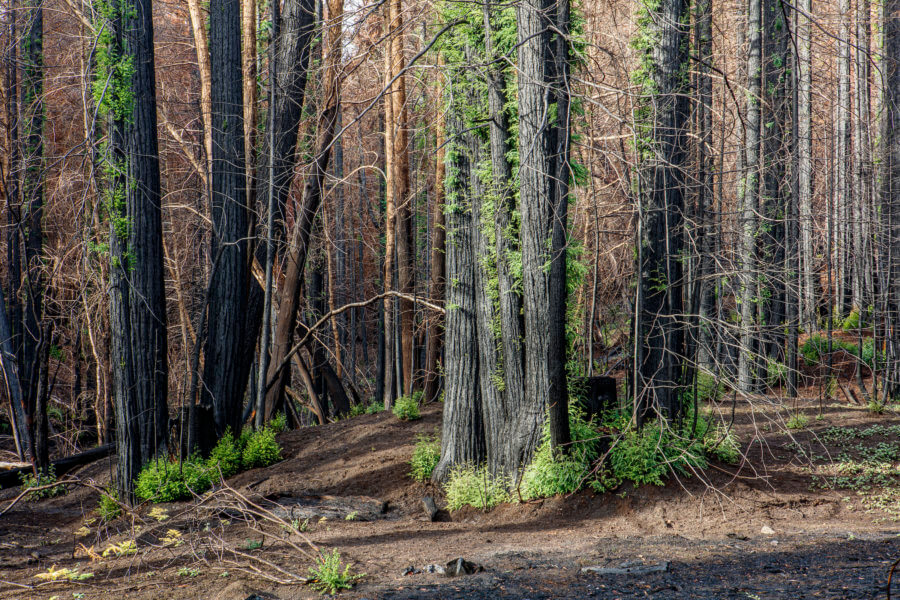
Redwood Trees Sprout New Growth, Charred But Alive After The CZU Lightning Complex Fire. by I. Bornarth
The Santa Cruz Mountains are home to some of the most southern native redwood forests. After clear-cut logging in the late 1800’s, only 5% of old-growth redwoods, the oldest, largest trees, are left. In the Santa Cruz mountains, second-growth coast redwoods often grow along other trees like Douglas-fir and hardwoods like tanoak, live oaks, California bay, dogwood, and madrones. The iconic coast redwood usually grows on the lower slopes, basins, and flat areas of the Santa Cruz mountains where water from rain and fog will collect helping to give the world’s tallest tree all of the moisture it needs. Known as “fog drip”, up to 30% of the moisture in a redwood forest is collected by the trees from fog which can be condensed on leaves and dripped down to the soil and also absorbed right into the redwood leaves themselves. Although studies have shown that fog has been decreasing in the Santa Cruz mountains, leaving redwood forests a little drier and the likelihood of fire greater, redwoods and many other plants in the redwood forest are adapted to wildfire. Coast redwoods have thick, fire resistant bark. If fire does manage to damage a redwood tree, it can resprout from trunks, branches, stumps or roots. Tanoaks and madrones can also resprout following fire. Hollows burned out of a living tree by fire become homes for wildlife, plants, and insects.
Featured Plant: Santa Cruz Mountains beardtongue
The Santa Cruz Mountains beardtongue is the fire follower that California Native Plant Society Rare Plant Treasure Hunt Manager Amy Patten is most excited to see after the August 2020 CZU Lightning Complex fires because “there are very few known extant populations and it’s endemic to the Santa Cruz Mountains.” Although not officially protected federally or by the state, plant experts consider Santa Cruz Mountains beardtongue threatened. This incredibly rare wildflower likes the redwood forests of the Santa Cruz mountains, showing up after fires and in other disturbed areas such as logging roads. In 2011, 100 plants were found in Bonny Doon after a fire cleared chaparral from the area. The Santa Cruz beardtongue’s roots are deep enough to survive fire and the re-sprouted plants enjoy the after-effects of enriched soil and extra sunlight the fire creates. Following the rains, these flowers will flourish and their blooms may be spotted in May and June. Once other plants catch up to this fire follower and vegetation gets dense it will likely decrease again until opportunity—and flames—arise.
photo by by Mathew Mosher.
More to Look For in Redwood Forests
Fairy Slipper Orchid
Fairy slipper orchids are native to the Santa Cruz Mountains but not often spotted. Like their greek name Calypso suggests they are typically concealed in dense cover of the redwood forest. As geophytes, these beauties can regrow from their underground storage in corms after a fire.
Blueblossom Ceanothus
Although blueblossom ceanothus are native to the Santa Cruz Mountains, they are not rare or endemic like many of the other fire followers in this guide but their lovely fragrance can be enjoyed year after year as they’ll often spring up long after settling in from a fire.
Dudley’s Lousewort
There is much still to learn about this threatened, rare, endemic plant but what we do know is interesting—banana slug slime is one way its seeds are likely dispersed and it benefits from disturbances like road cuts and fire. It may need bare soil below and a closed canopy forest above, so, keep an eye out along road or trail edges in April to June when it blooms.
Explore Redwood Forest
- AllTrails Hikes
- Easy:
- Schilling Lake Trail Thornewood Open Space Preserve
- Old Tree Trail, Portola Redwoods State Park
- Sequoia Nature Trail, Portola Redwoods State Park
- Iverson Trail to Tiptoe falls, Portola Redwoods State Parkn
- Vienna Woods Trail, The Forest of Nisene Marks State Park
- Three Mile Trail Loop, The Forest of Nisene Marks State Park
- Old Growth Trail, The Forest of Nisene Marks
- Moderate:
- Redwoods and Santa Cruz Sandhills:
- Easy:
- Calflora Rare Species List
Wildflowers After Wildfire Hike List on AllTrails
In partnership with AllTrails, these maps feature destinations that provide a view, while encouraging you to enjoy and discover what you find from a distance, to protect habitats. Check out our curated hikes with great wildflower and rare plant viewing potential, Wildflowers After Wildfire: A Guide to the Santa Cruz Mountains by Sempervirens Fund on AllTrails. While certainly not a comprehensive list, these hikes will help you experience the habitats and you may see some amazing flowers. The best times to find parking and experience fewer hikers at parks and preserves are on weekdays and late afternoons on weekends.
You Can Help
Protecting Rare Plants
If you think you see one of these rare beauties, take a picture! Upload your photo to iNaturalist, which can identify plants right from your photos and help other naturalists id the plant, to provide CNPS’ Fire Followers program with crucial information for recovery and conservation efforts from the CZU Lightning Complex Fire.
And please don’t forget to share your photo with Sempervirens Fund—tag @sempervirensfund on Instagram—to help protect more habitat for the amazing plants and wildlife of the Santa Cruz mountains! You can also enter your photos in our first ever monthly Santa Cruz Mountains Photo Contest to help raise awareness about the beauty at risk and you could also win cool prizes to help you enjoy it.
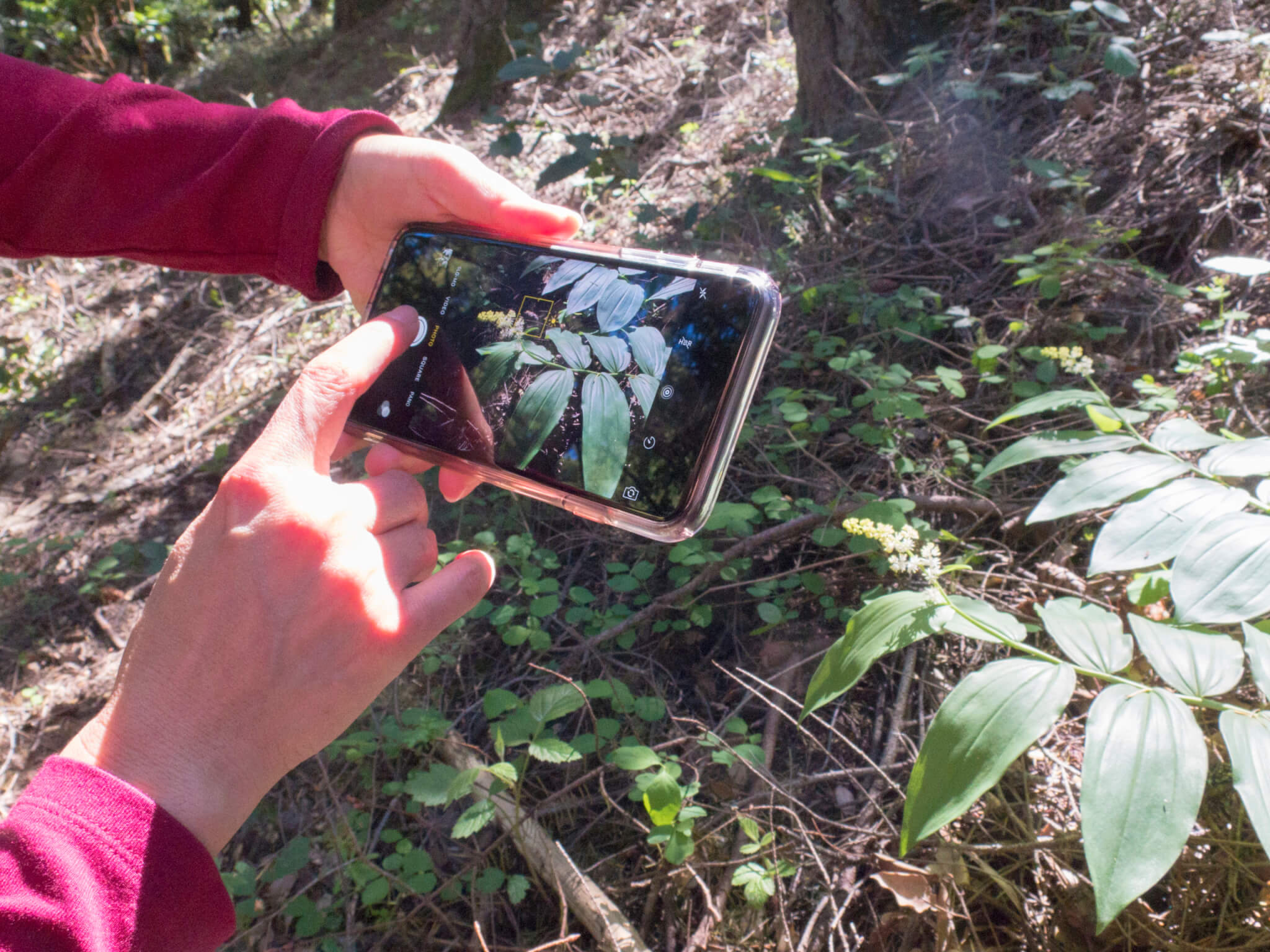
How to Make an Observation with iNaturalist app
To learn how to upload your plant photo to make an observation on iNaturalist you can read instructions here to get started or watch the video below.
More to Explore
To learn more about some of the rare and interesting plants of the Santa Cruz mountains, watch Under the Redwoods: Treasure Hunting in the Santa Cruz Mountains with Amy Patten, a Rare Plant Treasure Hunt Manager with the California Native Plant Society.
